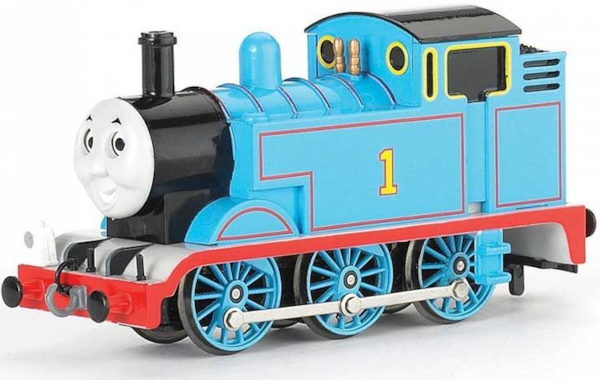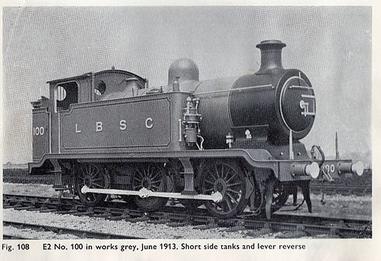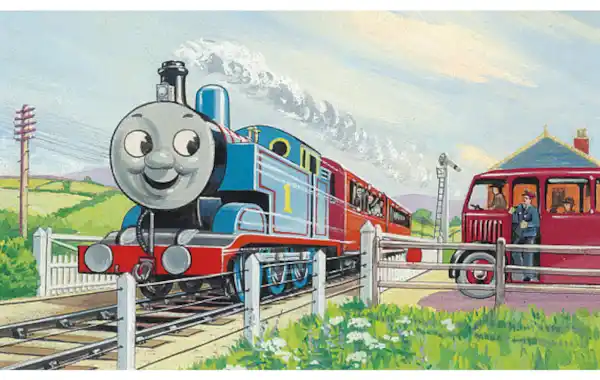20 July 2025
|
Paul Lumsdon looks at the vintage train that provided the inspiration for Thomas the Tank Engine, which is loved by many toy collectors.
The Billinton E2 was an impressive train on the South Coast Railway. Builders constructed only 10, primarily as shunting engines, between 1913 and 1916, but none have survived into preservation.
So why do we find ourselves celebrating the 100th anniversary of the introduction of this rather humble workhorse?
Delve into the history of the Billinton E2 and the origin story of the infamous Thomas the Tank Engine.
Thomas the Tank Engine and the Legacy of the E2 Class
Wilbert Awdry had his first book published in what was to become ‘The Railway Series’ for children. Awdry titled the book ‘The Three Railway Engines.' It told the story of Edward, Gordon and Henry, three trains living together in the same engine shed.
The second book appeared a year later in 1946 and was called ‘Thomas the Tank Engine’. The book’s illustrator, artist Reginald Payne, created Thomas in the image of the Billinton E2.
The success of this first ‘Thomas’ book spawned a series that became a worldwide phenomenon. An incredibly popular children’s TV series and a hugely successful licensing programme followed. This all helped to propel the humble E2 to almost iconic status and instant recognition.
Suggested article: Collecting Thomas the Tank Engine
By April 1963, railway authorities had withdrawn the E2 Class from service and scrapped all of them. At this point, people could quite easily have forgotten them. Because of the popularity of Thomas the Tank Engine, we will forever know the design and style of the Billinton E2.

Billinton’s E2 Steam Train Design
William Stroudley designed the original Billinton E2 for short-distance goods and piloting duties in 1874. By 1910, these were showing their age. Douglas Earle Marsh, set in place plans to rebuild some examples with a larger boiler.
As things turned out, the railway completed only one E1X rebuild before Marsh suddenly retired in July 1911. Officially on grounds of ill-health, but also under a cloud of accusations of accounting oddly!
His successor was one Lawson Billinton who promptly reversed the rebuild strategy in favour of his own new design. The railway designated this as the E2 0-6-0T shunting train and produced five between June 1913 and January 1914.
The railway ordered a second batch of five trains, but the outbreak of World War I delayed construction. When they were delivered between June 1915 and October 1916, they featured extended water tanks on each side to increase the water capacity.

What Happened to the E2 Class Trains?
Following the 1923 grouping, the E2s passed into Southern Railways ownership. Then in 1948 with nationalisation it passed into British Railways ownership.
Throughout World War II, railway workers largely used them for marshalling duties. During the 1950s, railway operators tried them out as shunters at Southampton Docks and found them to be useful. Operators successfully employed six from the class in and around the docks until Class 07 diesel shunters replaced them in 1962.
If you enjoy toy collecting, collectors can find all the latest in our newest edition of the Collectors Gazette.







